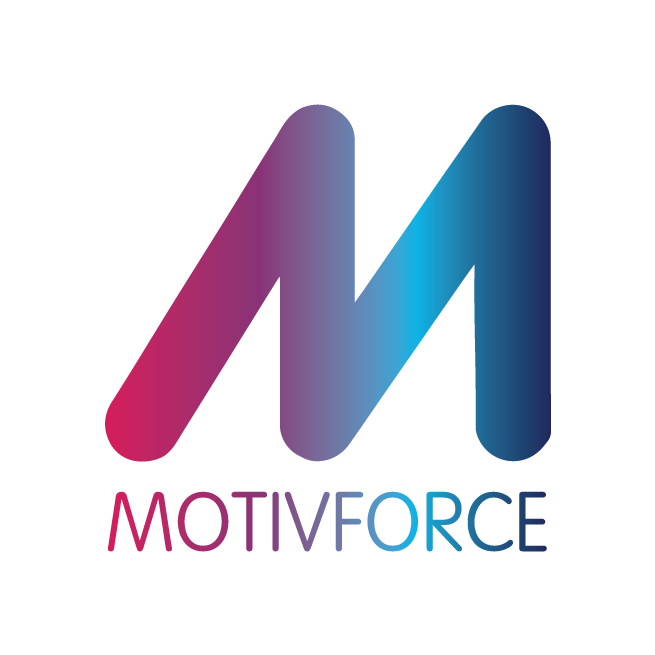A New Approach to Executive Learning
Voluntary executive learning is an important element of many B2B loyalty and channel programs. Indeed the cost effectiveness that the digital revolution has offered to program sponsors allows for the deployment of online e-learning modules quickly, covering remote geographies and in multiple languages.
Whilst the digital revolution encompassing online platforms has heralded a new age in corporate learning, the advancement in learning structure and content has not moved at the same pace.
Today we still see many examples of companies publishing unstructured learning material on the internet or their digital learning platform, either in the form of PowerPoint presentations containing 200+ slides, or badly planned live webinars; or extensive product or compliance documentation followed by an equally unstructured learning assessment.
Typically this type of unstructured learning, where educators and subject matter experts feel compelled to upload everything they have on the subject, takes the participant one or two hours to complete. No wonder program sponsors are disappointed when the completion rates linger in single figures!
Our research has shown that executive learning, which is largely voluntary, in the digital age needs to also adopt a new approach.
Here are our top 4 tips for achieving the best results:
1. Modules are kept to a manageable length
Best practice dictates that modules should be around 20-30 minutes in length, segmented by three to four 7-minute lessons. We have found that 7 minutes is the optimum time for someone in an open plan office to complete a learning task without being interrupted or distracted. In other words, we need to build learning that accommodates the lowest common “free time” denominator. If a participant has 30 minutes spare time, they still have the option to compete additional lessons.
2. Create linear progression
Short modules and lessons that are structured in a logical roadmap appeals to our sense of accomplishment. This increases successful module completion significantly.
3. Learning objectives MUST be clear and concise
With the lesson and shorter module format, learning objectives MUST be clear and concise. Ideally each lesson should only have one or two learning objectives, which can be assessed via an online quiz. It is critical to avoid learning objectives escalate, whereby we feel compelled to create longer modules and include too much content.
4. Quiz assessment.
To measure the comprehension and learning process it is critical to include a quiz. In the digital age participants love instant feedback, instant results and the ability to quickly move onto a higher level (or additional module). Therefore, quizzes such as multiple choice, or drag and match, are more effective as it gives an instant grade. Try to avoid free text answers that rely on an examiner’s assessment as this removes the instant gratification element.











